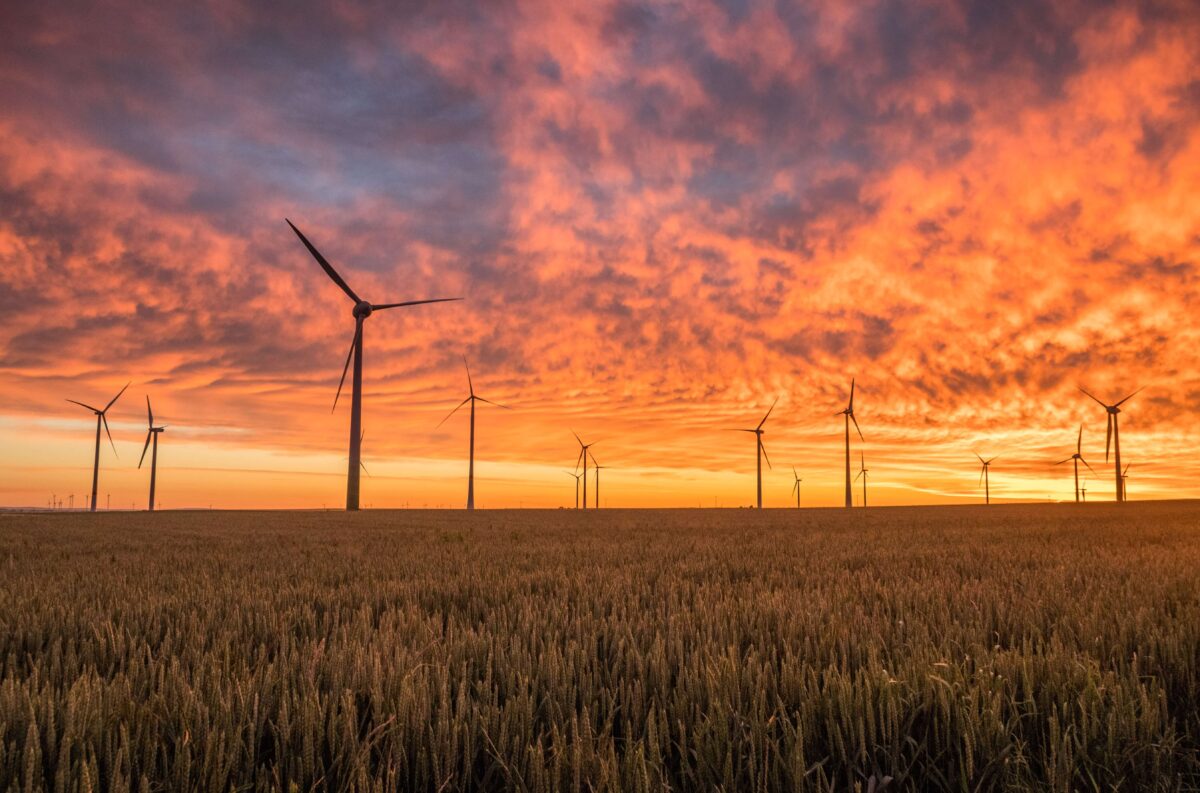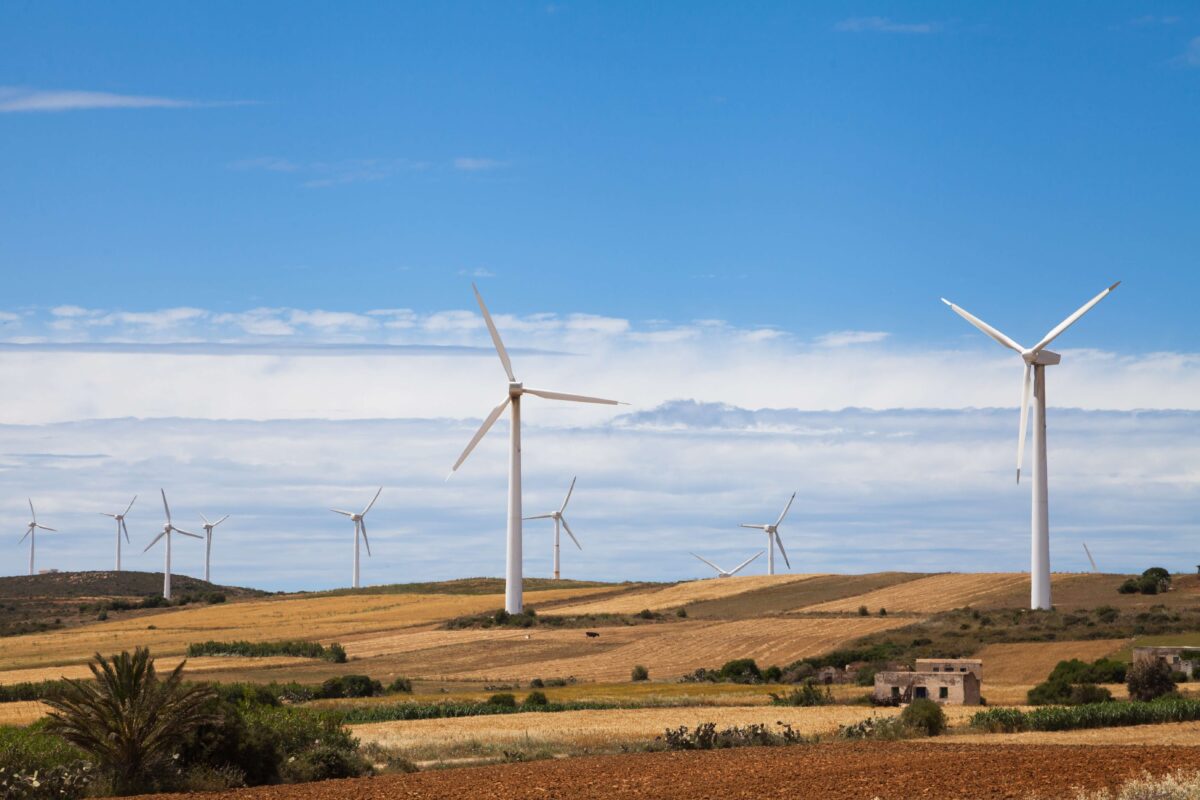BP significantly increased its outlook for wind and solar energy
In the latest edition of its annual Energy Outlook, oil and gas company BP significantly increased its outlook for wind and solar energy, revising last year’s forecasts by 400 million tonnes of oil equivalent (Mtoe) up to a total of 2,000 Mtoe by 2035, meeting around 14% of the world’s primary energy consumption. Also, for the first time, the projections show a peak in global oil demand by 2040, with the peak in coal demand occurring earlier than previously thought, before 2030. Most of the growth in primary energy demand is projected to occur in India and China.According to the latest Electric Insights report from researchers at Imperial College London, the total amount of power generated from renewables in the UK in 2017 could have powered all of Britain in 1958. Output from wind, biomass, solar, and hydro grew to 96 TWh in 2017 and would have been more than enough to meet the 91 TWh of demand from Britain’s 1958 population of 52 million. Carbon emissions from electricity consumption fell 12% in the UK last year.
During its first onshore wind and solar auctions for 2018, Germany’s Federal Network Agency awarded more than 900MW to more than 100 separate projects. The successful wind energy bids averaged €47.30/MWh, while for solar, which was oversubscribed by 173%, the average was €43.30/MWh.
The first International Solar Alliance (ISA) summit will be held next month in Delhi with the aim of providing momentum for solar deployment in tropical countries. The event expects to launch 121 projects, which represents the number of member states, with a focus on solar water pumps, finance, and mini-grids. ISA officials are hoping the summit will galvanize political and financial support to implement national solar roadmaps for each member country.
Octopus Energy will offer customers cash in exchange for increasing energy use during times of negative electricity prices as part of its ‘tracker tariff’. It’s made possible by Octopus’s dynamic pricing structure, which uses half hourly energy prices set daily at 4pm for the following 24 hours. Customers will be notified of ‘plunge pricing’ via text message, email, or online dashboard.
Mastercard and off-grid solar firm M-KOPA have announced a pilot for a new payment system to support pay-as-you-go solar opportunities in Uganda. M-KOPA will pilot Mastercard’s Quick Response (QR) payment system which aims to make daily top ups easier and provide a scalable service to extend across the African continent and to other utilities such as water and gas, as well.
The Tasmanian Labor party has pledged to secure the island’s status as a clean power exporter by achieving 120% renewable penetration by 2022, with a push for more rooftop solar and a new interconnector to mainland Australia, should it be elected in the upcoming March 3 state elections. The state regularly reaches 100% renewables through ample hydropower resources, but it is now targeting an 80% increase in its installation of distributed renewables.
Electric vehicles
Innovate UK has announced that the first trial of fully connected and autonomous vehicles (CAV) on public roads in the UK will take place at Milton Park near Didcot, Oxfordshire, following the award of £2.5 million in government funding. Led by transport operator FirstGroup, the government hopes the electric-powered transport pods will replace up to 50% of private vehicle journeys on the site by the end of the trial.
Paris will be the latest city to adopt a fleet of EVs for police work. Last week saw the introduction of 16 new Volkswagen e-Golf sedans that will be used in a one-year experiment to determine the suitability of electric cars for police work. Paris has set a goal of banning all cars with internal combustion engines from the city by 2030.
Nissan has completed development of a new high-density battery production line in Sunderland, UK. High-density 40kWh batteries for both EVs and stationary energy storage systems will be produced at the facility, which is part of the High Energy Density Battery (HEDB) project funded in 2015 by the Advanced Propulsion Centre (APC).
Renault has announced plans to make the Madeira island of Porto Santo completely energy independent and fossil fuel free. The auto manufacturer’s “smart island” project will use its Zoe EVs, home batteries, smart charging, and vehicle-to-grid technology to test a model for renewables and smart charging that it hopes to expand to other islands and cities. Renault is one of the first companies to test such a system in a solar and wind energy-powered region.
Smart grids
According to analysis from consumer group Which?, the UK’s largest energy companies must install around a million smart meters every month—equivalent to 24 installations per minute—in order to meet the UK’s 2020 roll-out target. The group said fewer than nine million domestic smart meters have been installed thus far, and an energy and clean growth minister recently informed parliament the current rate of installation is 400,000 per month, leaving the UK far short of its 2020 targets. The Department for Business, Energy and Industrial Strategy (BEIS) responded by saying energy suppliers are preparing to double installations in 2018.
In the US, a seven-year smart grid program in Oklahoma achieved a 2% reduction in peak demand using a delivery optimization technology to capture energy savings without requiring any action from customers. The Integrated Volt/VAR technology from Utilidata leverages real-time information from the distribution grid to optimize delivery of electric power, thereby reducing energy usage at customer locations.
A new report from the Advanced Energy Economy Institute (AEE) urges US states to consider reforms to incentivize utilities to embrace cloud computing and other technology to make use of smart meter data. The problem stems from the fact that most utilities are incentivized to invest in capital projects such as power plants or computer hardware rather than software services. As more smart meter data is collected, the report argues, cloud computing and distributed energy could replace these capital investments as a major revenue source for utilities.




